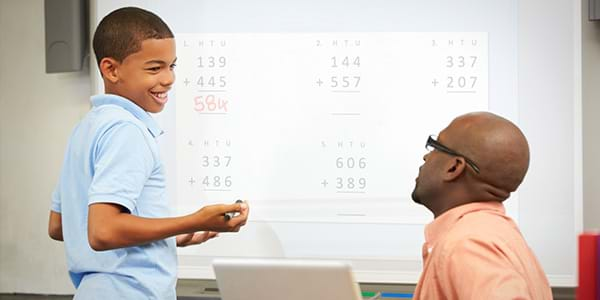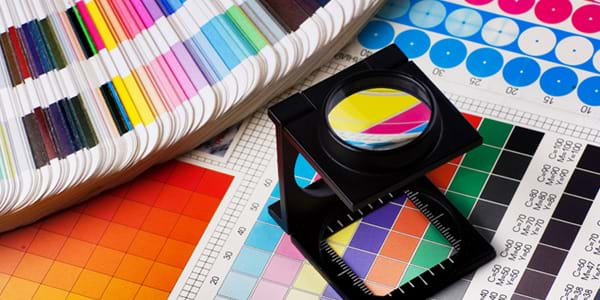Why Teachers Around the World are Embracing Digital Whiteboards
A digital whiteboard combines the features of an ordinary whiteboard, a projector and a touchscreen computer.
The result: a powerful and interactive learning tool that encourages innovation and collaboration.
Digital whiteboards foster active learning environments and student participation by allowing teachers to manipulate the screen in unique and engaging ways.
You can drag and rearrange items, underline or highlight text, magnify images and integrate multimedia content, including videos and games, into lessons.
Digital whiteboards offer a flexible educational tool that can be used to support student learning at any age, and in any subject.
Real-world Impact
Digital whiteboards are becoming more popular around the world, featuring in 90.3 per cent of UK classrooms, 62.4 per cent of Australian classrooms, 55.8 per cent of US classrooms and 46 per cent of Canadian classrooms.
Why are they being so widely adopted? Because they can boost engagement through interactivity and help students learn in different ways.
In fact, six case studies compiled by Sydney's University of Technology found that school students of all ages, from kindergarten to Year 12, were on-task and motivated during classes incorporating digital whiteboards, and reportedly preferred these lessons to other classroom work.
They also noted that digital whiteboards were particularly valuable when teaching students with special needs.
Another case study from Portland State University found higher levels of motivation, engagement and collaboration among college freshmen when a digital whiteboard was integrated into the library instruction classes, where the instructor became a “facilitator of students’ learning”, rather than the centre of teaching.
Flexibility and Innovation
Digital whiteboards can be valuable assets for teachers as well as students. For starters, their many practical functions mean that, among other things, you can save time and paper by converting handwritten notes to digital text or capturing and uploading your work for later review or distribution.
But perhaps the biggest benefit of digital whiteboards is allowing you to cater to different learning styles, so that students can absorb information visually, aurally, through reading and writing, or kinaesthetically, depending on what works best for them.
Not only that, you can foster a love of learning through interactive and dynamic lesson plans that bring the course material to life.
Digital whiteboards provide teachers with an extraordinary opportunity to stoke the fires of creativity in the classroom and get students actively involved in the education process. With this technology, the future really is in your hands.






